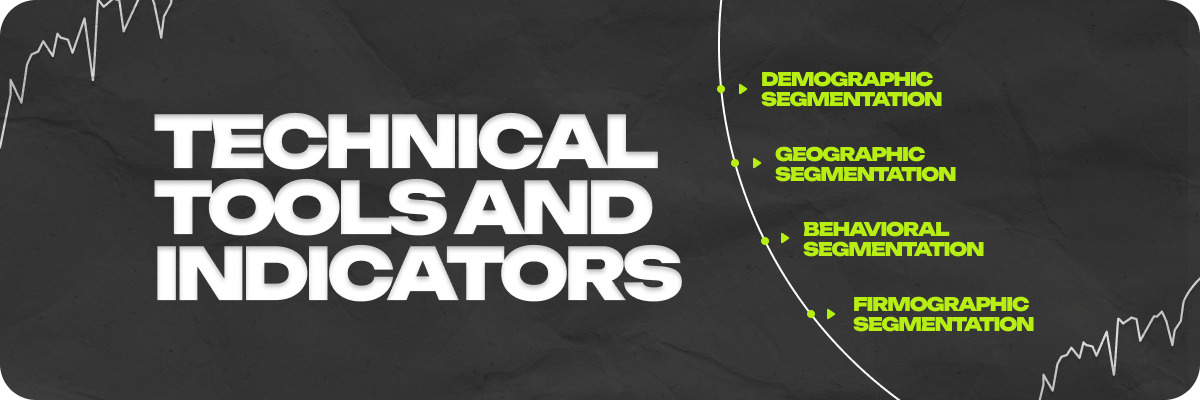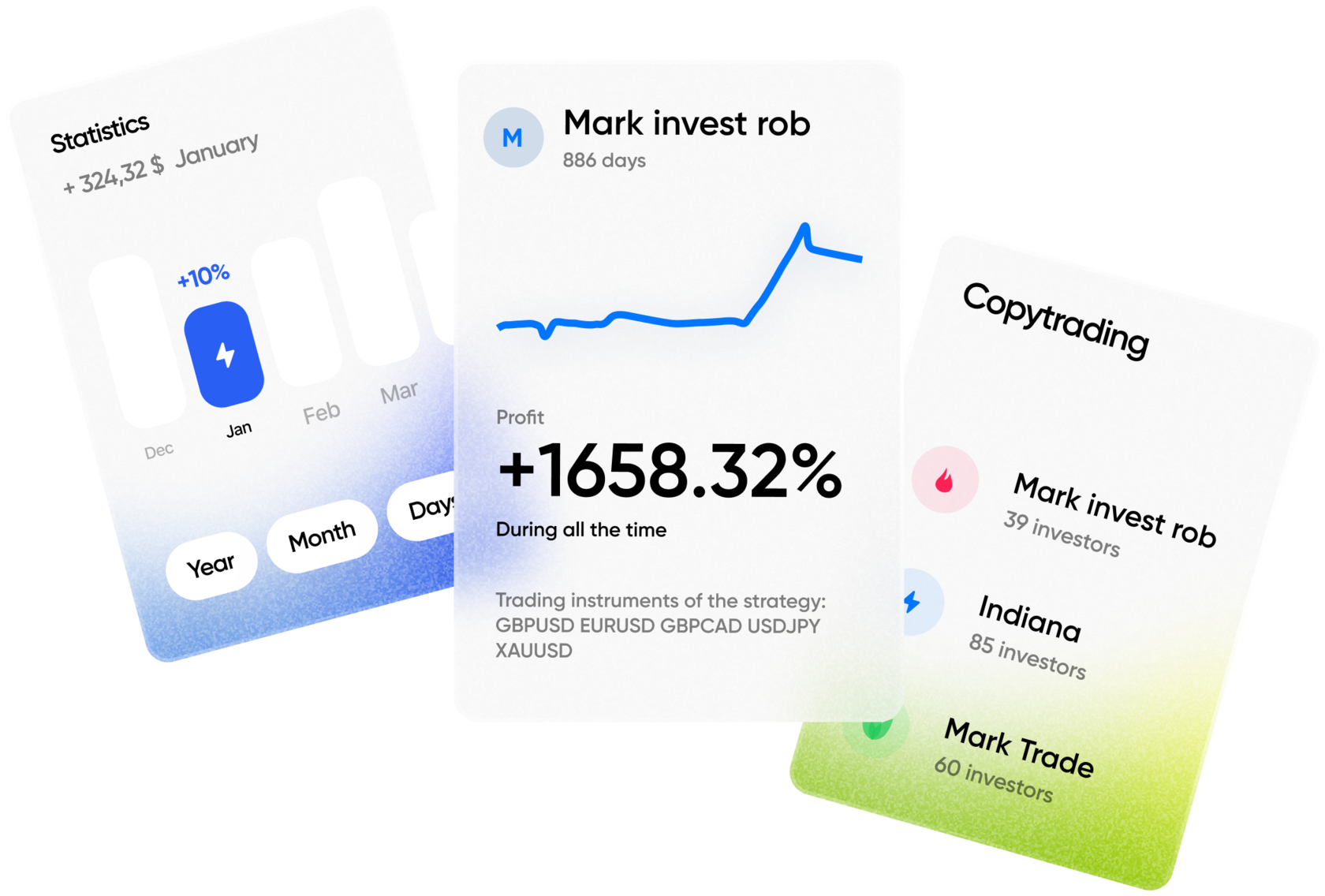In the vast landscape of financial markets, making sense of where to invest or trade can feel like navigating a maze. For beginner traders, this is where market segmentation steps in—not just as a marketing buzzword, but as a strategic lens through which the entire market becomes more readable, logical, and, most importantly, actionable.
Let’s demystify what market segmentation really is, why it matters in trading, and how both novice and professional traders use it to sharpen their edge.
What Is Market Segmentation?
Market segmentation is the process of breaking down broad markets into smaller, more manageable groups—based on shared characteristics. These “segments” could be defined by age, geography, buying habits, income, industry, or even by how consumers behave or companies operate.
At its core, segmentation is about clarity. For marketers, it helps target the right audience. But for traders and investors, it offers a powerful way to spot where the money flows—and where it might flow next.
Why Should Traders Care About Market Segmentation?
You might be wondering—“Isn’t segmentation just for businesses selling products?” Not quite.
Market segmentation has profound implications for traders. Here’s why:
- It Reveals High-Potential Niches: Instead of scanning the entire stock market for opportunities, traders can zoom into specific market segments that show promise—like green energy, fintech, or biotech.
- It Supports Smarter Portfolio Building: Understanding how different market segments behave allows traders to build a more diversified and balanced portfolio. One segment might boom while another dips. Smart segmentation helps ride the winners while cushioning the losses.
- It Helps You Follow Smart Money: Professional traders often focus on a few specific segments—those they’ve researched thoroughly and understand deeply. Following similar segmentation logic helps beginners think more strategically.
How Market Segmentation Works
While the idea of grouping consumers might sound simple, segmentation in trading is a bit more dynamic. It’s not about just who buys what, but about where growth, innovation, and momentum are happening.
For instance, a trader interested in tech might break that space into segments: software, hardware, cloud computing, semiconductors, cybersecurity. Each of these sub-markets moves differently based on trends, earnings, policy changes, and innovation cycles.
By narrowing your focus, you gain a deeper understanding of how a particular segment reacts to news, market events, or macroeconomic shifts. Over time, this insight becomes a key competitive advantage.
Types of Market Segmentation You Should Know

Market segmentation isn’t one-size-fits-all. Here are the primary types you’ll encounter, and how they translate into trading strategies:
1. Demographic Segmentation
This is the most straightforward approach—dividing markets by characteristics such as age, gender, income level, education, or occupation. For traders, this can help identify which industries serve which groups. For example, luxury brands might cater to high-income consumers, while affordable fast fashion targets younger, budget-conscious shoppers.
2. Geographic Segmentation
Location matters. Regional economics, climate, and local preferences all influence which products thrive—and which companies do well. A trader investing in agriculture might pay close attention to companies operating in regions with favorable climates or export routes.
3. Behavioral Segmentation
This digs into how people or organizations make decisions—how often they purchase, what they prioritize, and what influences them. For example, during economic downturns, consumer behavior shifts toward saving and value-buying. This insight helps traders tilt toward sectors like discount retail or utility stocks during such periods.
4. Firmographic Segmentation
Instead of focusing on individuals, this type segments companies. It involves analyzing businesses by size, revenue, industry, and growth stage. Are you trading large-cap companies with stable revenue or small-cap startups with high growth potential? Firmographics help you know what kind of beast you’re dealing with.
How Professionals Use Segmentation to Their Advantage
Professional traders rarely approach the market as one big block of opportunity. Instead, they break it down, dissect it, and specialize.
For example:
- A trader may only focus on high-growth tech companies with a strong presence in Southeast Asia (geographic + firmographic segmentation).
- Another might trade only consumer behavior stocks (behavioral segmentation) that correlate with seasonal buying trends like back-to-school or holiday shopping.
- Portfolio managers often ensure their portfolios are segmented across industries, countries, and risk levels to minimize correlation and reduce volatility.
Segmentation also allows pros to move quickly when the winds change. When a certain segment falls out of favor, they already know which alternative ones are rising. This agility is crucial—and it’s a skill any trader can develop with time.
Getting Started with Market Segmentation in Your Own Trading
To start using segmentation, you don’t need to be a Wall Street analyst. Begin by asking these three simple questions about any market or stock you’re considering:
- Who does this company serve? (Demographics, geography)
- What behavior or trend is driving demand? (Behavioral)
- Where does this company fit in the larger ecosystem? (Firmographics, sector)
From there, zoom out: Is the segment this company operates in showing signs of growth? Are competitors thriving or struggling? Are there external factors—like legislation, global events, or tech advances—that might impact the entire segment?
When you train yourself to think in segments, your trades become less random and more rooted in context.
Final Thoughts
Market segmentation isn’t just for marketers—it’s a trading tool hidden in plain sight. For beginners, it’s the gateway to understanding markets not as chaotic noise, but as organized patterns driven by people, behavior, and logic.
By learning to segment the market, you begin to see clarity where others see confusion. You start making decisions based on understanding, not speculation. And over time, this mindset shift is what separates the guessers from the strategic traders.
So next time you pull up a stock chart or scan market news, ask yourself—not just what’s moving, but why—and which segment it belongs to. That’s the first step toward trading like a pro.







